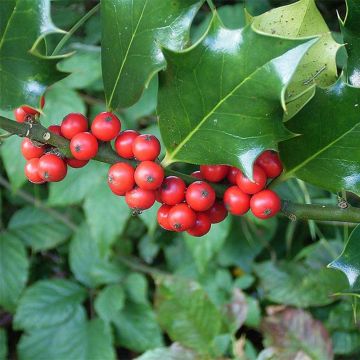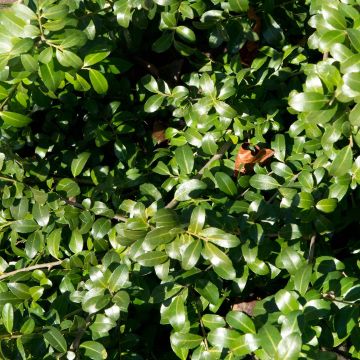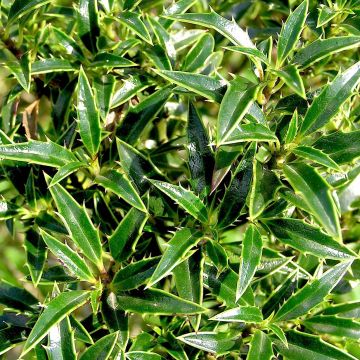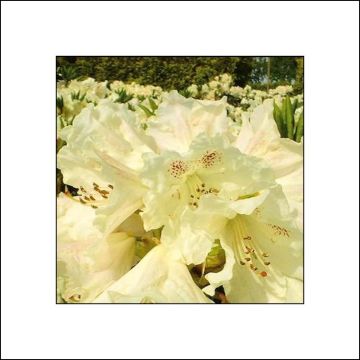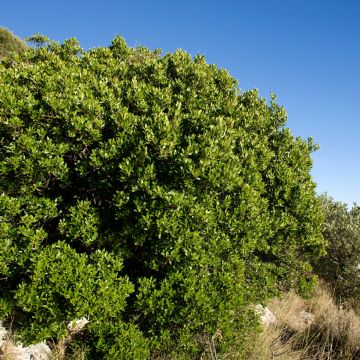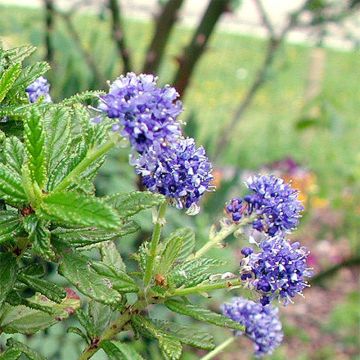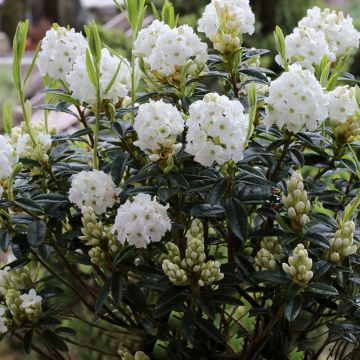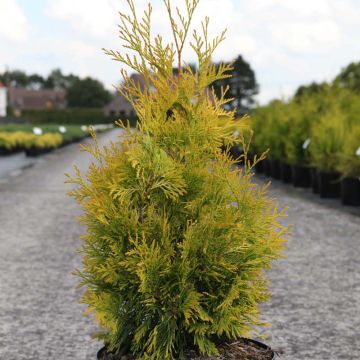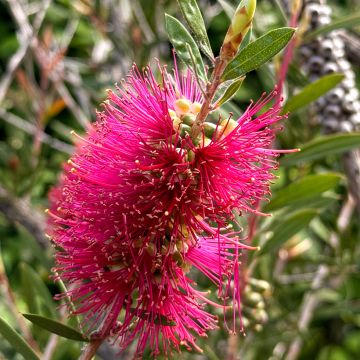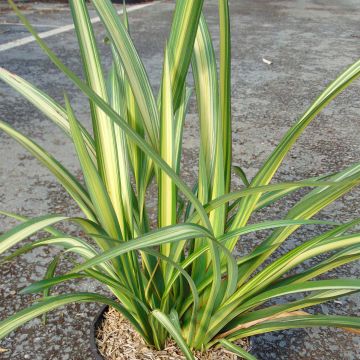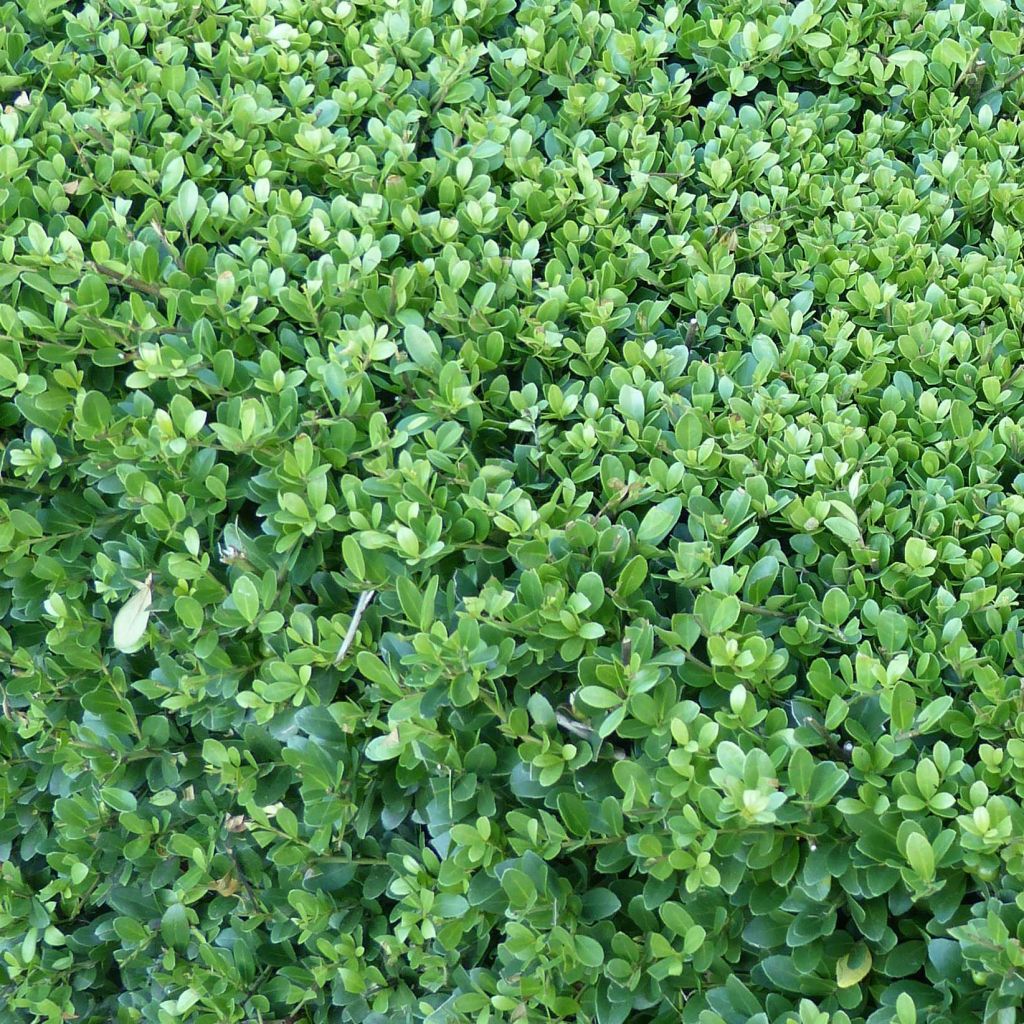

Ilex crenata Dark Green - Japanese Holly
Ilex crenata Dark Green - Japanese Holly
Ilex crenata Dark Green
Japanese Holly, Box-leaved Holly, Box-leaved Ilex, Dwarf Holly
This item cannot be shipped to the selected country
Delivery charge from €5.90
Delivery charge from €5.90
Delivery charge from €5.90
Delivery to Corse prohibited
More information
Schedule delivery date,
and select date in basket
This plant carries a 24 months recovery warranty
More information
We guarantee the quality of our plants for a full growing cycle, and will replace at our expense any plant that fails to recover under normal climatic and planting conditions.
From €5.90 for pickup delivery and €6.90 for home delivery
Express home delivery from €8.90.
From €5.90 for pickup delivery and €6.90 for home delivery
Express home delivery from €8.90.
From €5.90 for pickup delivery and €6.90 for home delivery
Express home delivery from €8.90.
Delivery to Corse prohibited: UE law prohibits the import of this plant from mainland France to Corse as part of the fight against Xylella fastidiosa. Please accept our sincere apologies.
More information
Does this plant fit my garden?
Set up your Plantfit profile →
Description
Ilex crenata Dark Green is a variety of Japanese holly that can be used in the garden as a boxwood substitute. This evergreen, non-prickly shrub has small, glossy dark green leaves and can be shaped into any desired form. It also has the advantage of being resistant to diseases. The female plants produce beautiful black berries from September to March. Whilst it is very hardy and grows faster than boxwood, it still requires a limestone-free, moist soil and a sheltered position away from the scorching sun to thrive. Often used in Japanese gardens, it is perfect for topiary and cloud pruning, known as Niwaki. It is also a great alternative to diseased boxwoods attacked by the box tree moth.
The crenate holly is a shrub native to Japan, belonging to the Aquifoliaceae family. The 'Dark Green' variety reaches a height of 2.5 to 3m and a spread of 1 to 1.25m, with a fairly fast growth rate. It is also characterized by its small, tough, very dark green, crenated, non-prickly and glossy leaves. All hollies are dioecious plants, meaning there are male and female flowers on separate plants. Only the female plants bear fruits, which are highly valued for their ornamental value.
The female Dark Green Japanese holly produces small, inconspicuous but nectar-rich flowers in spring, which are a matte white colour. After being pollinated by a nearby male holly, these flowers will form fleshy, round, shiny black berries. Distinguishing the sex of the flowers requires a trained eye; they all have four white petals and a waxy surface, but male flowers can be recognized by their four prominent yellow anthers, while female flowers have a short, green, oval pistil. The same shrub can produce both male and ineffective female flowers, which cannot be pollinated. The seeds are dispersed by birds that love the fruits.
Growing faster than boxwood and easily shaped according taste, Ilex crenata Dark Green will please gardeners who enjoy well-maintained hedges and plant sculptures. It is perfect for low hedges, alongside Laurel, Coroneaster, or Mexican Orange. It primarily dislikes limestone soil, which causes its beautiful foliage to turn yellow, and prefers well-draining, fertile soils. Hardy well below -15°C, it thrives in partially shaded to shaded areas, such as under trees, at the edge of woodlands or in a large natural garden. When planted as a solitary specimen, shaped into topiary, or trained as a small tree, it becomes a focal point in winter. It can also be used in large containers. Plant it in Zen gardens alongside bamboo, Japanese maples, camellias...
Report an error about the product description
Ilex crenata Dark Green - Japanese Holly in pictures
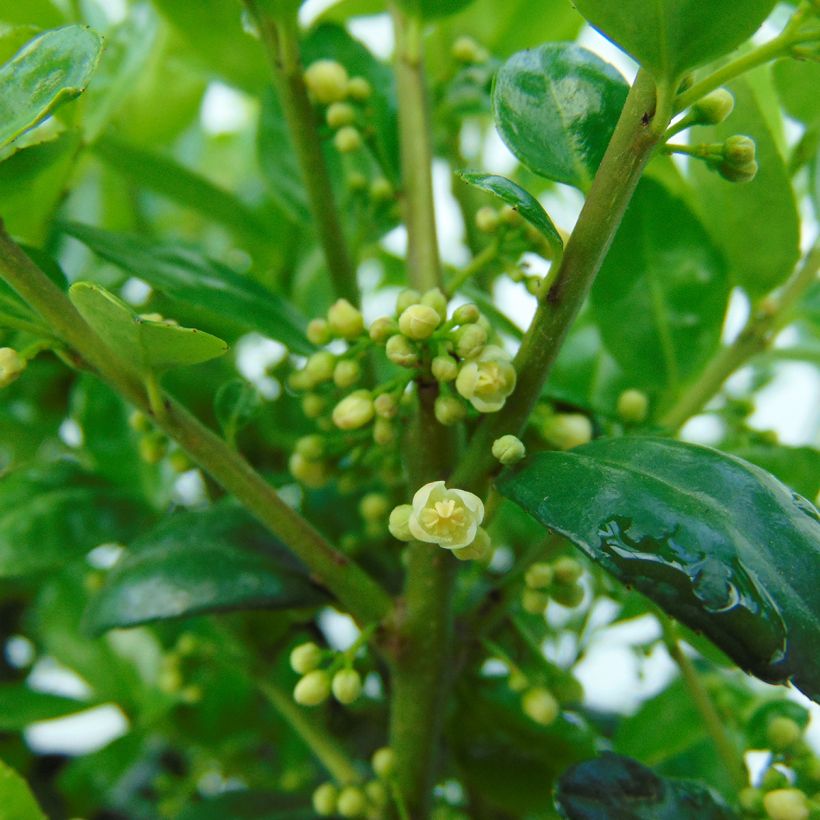

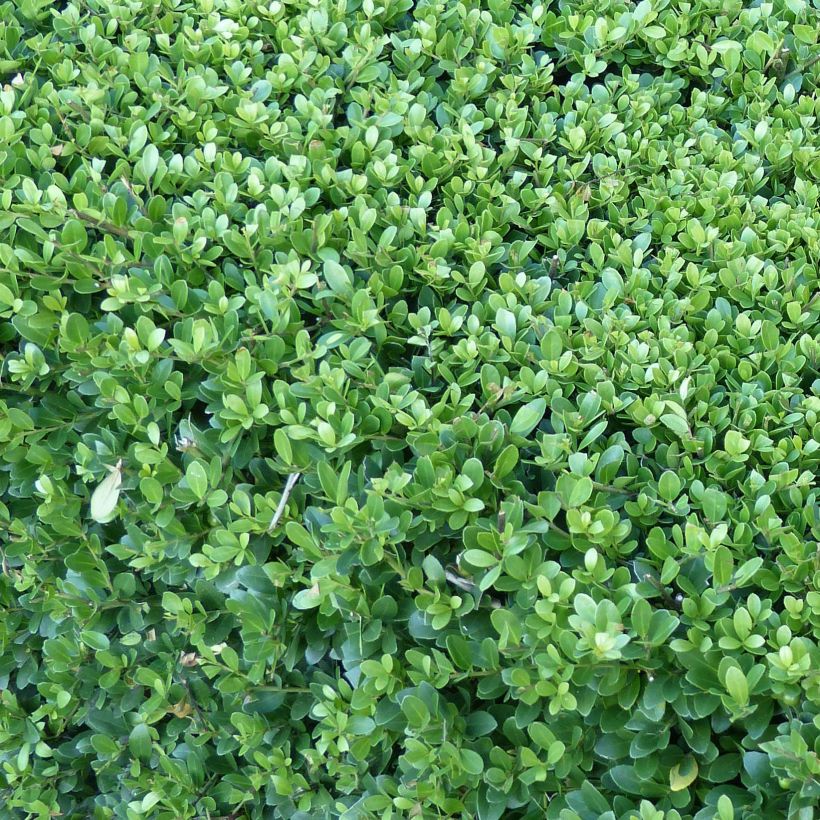

Plant habit
Flowering
Foliage
Botanical data
Ilex
crenata
Dark Green
Aquifoliaceae
Japanese Holly, Box-leaved Holly, Box-leaved Ilex, Dwarf Holly
Cultivar or hybrid
Other Ilex - Holly
Planting and care
To plant the holly bush, use a generous amount of compost and incorporate it into the soil of your garden, in order to slightly acidify the soil while enriching it. If your soil is rich in limestone, the holly bush will tend to develop chlorosis (the foliage gradually turns yellow around the leaf veins). Choose a semi-shaded or shaded location in a warm climate. Water (with non-calcareous water) for the first 3 years, especially in summer in case of prolonged drought, to help the plant establish itself. It will then manage on its own, as it tolerates drought quite well. In the first few years, prune in spring, selecting the branches you want to keep. Step back to view your holly bush in order to determine the shape and arrangement of the short stems. The ilex can be attacked by holly leaf miners, white scale insects in spring, and mites and aphids in summer. Optionally, apply a preventive treatment at the beginning of the season. Ilex crenata has a preference for climates that combine cold winters and mild summers.
Planting period
Intended location
Care
-
, onOrder confirmed
Reply from on Promesse de fleurs
Evergreen shrubs
Haven't found what you were looking for?
Hardiness is the lowest winter temperature a plant can endure without suffering serious damage or even dying. However, hardiness is affected by location (a sheltered area, such as a patio), protection (winter cover) and soil type (hardiness is improved by well-drained soil).

Photo Sharing Terms & Conditions
In order to encourage gardeners to interact and share their experiences, Promesse de fleurs offers various media enabling content to be uploaded onto its Site - in particular via the ‘Photo sharing’ module.
The User agrees to refrain from:
- Posting any content that is illegal, prejudicial, insulting, racist, inciteful to hatred, revisionist, contrary to public decency, that infringes on privacy or on the privacy rights of third parties, in particular the publicity rights of persons and goods, intellectual property rights, or the right to privacy.
- Submitting content on behalf of a third party;
- Impersonate the identity of a third party and/or publish any personal information about a third party;
In general, the User undertakes to refrain from any unethical behaviour.
All Content (in particular text, comments, files, images, photos, videos, creative works, etc.), which may be subject to property or intellectual property rights, image or other private rights, shall remain the property of the User, subject to the limited rights granted by the terms of the licence granted by Promesse de fleurs as stated below. Users are at liberty to publish or not to publish such Content on the Site, notably via the ‘Photo Sharing’ facility, and accept that this Content shall be made public and freely accessible, notably on the Internet.
Users further acknowledge, undertake to have ,and guarantee that they hold all necessary rights and permissions to publish such material on the Site, in particular with regard to the legislation in force pertaining to any privacy, property, intellectual property, image, or contractual rights, or rights of any other nature. By publishing such Content on the Site, Users acknowledge accepting full liability as publishers of the Content within the meaning of the law, and grant Promesse de fleurs, free of charge, an inclusive, worldwide licence for the said Content for the entire duration of its publication, including all reproduction, representation, up/downloading, displaying, performing, transmission, and storage rights.
Users also grant permission for their name to be linked to the Content and accept that this link may not always be made available.
By engaging in posting material, Users consent to their Content becoming automatically accessible on the Internet, in particular on other sites and/or blogs and/or web pages of the Promesse de fleurs site, including in particular social pages and the Promesse de fleurs catalogue.
Users may secure the removal of entrusted content free of charge by issuing a simple request via our contact form.
The flowering period indicated on our website applies to countries and regions located in USDA zone 8 (France, the United Kingdom, Ireland, the Netherlands, etc.)
It will vary according to where you live:
- In zones 9 to 10 (Italy, Spain, Greece, etc.), flowering will occur about 2 to 4 weeks earlier.
- In zones 6 to 7 (Germany, Poland, Slovenia, and lower mountainous regions), flowering will be delayed by 2 to 3 weeks.
- In zone 5 (Central Europe, Scandinavia), blooming will be delayed by 3 to 5 weeks.
In temperate climates, pruning of spring-flowering shrubs (forsythia, spireas, etc.) should be done just after flowering.
Pruning of summer-flowering shrubs (Indian Lilac, Perovskia, etc.) can be done in winter or spring.
In cold regions as well as with frost-sensitive plants, avoid pruning too early when severe frosts may still occur.
The planting period indicated on our website applies to countries and regions located in USDA zone 8 (France, United Kingdom, Ireland, Netherlands).
It will vary according to where you live:
- In Mediterranean zones (Marseille, Madrid, Milan, etc.), autumn and winter are the best planting periods.
- In continental zones (Strasbourg, Munich, Vienna, etc.), delay planting by 2 to 3 weeks in spring and bring it forward by 2 to 4 weeks in autumn.
- In mountainous regions (the Alps, Pyrenees, Carpathians, etc.), it is best to plant in late spring (May-June) or late summer (August-September).
The harvesting period indicated on our website applies to countries and regions in USDA zone 8 (France, England, Ireland, the Netherlands).
In colder areas (Scandinavia, Poland, Austria...) fruit and vegetable harvests are likely to be delayed by 3-4 weeks.
In warmer areas (Italy, Spain, Greece, etc.), harvesting will probably take place earlier, depending on weather conditions.
The sowing periods indicated on our website apply to countries and regions within USDA Zone 8 (France, UK, Ireland, Netherlands).
In colder areas (Scandinavia, Poland, Austria...), delay any outdoor sowing by 3-4 weeks, or sow under glass.
In warmer climes (Italy, Spain, Greece, etc.), bring outdoor sowing forward by a few weeks.

































